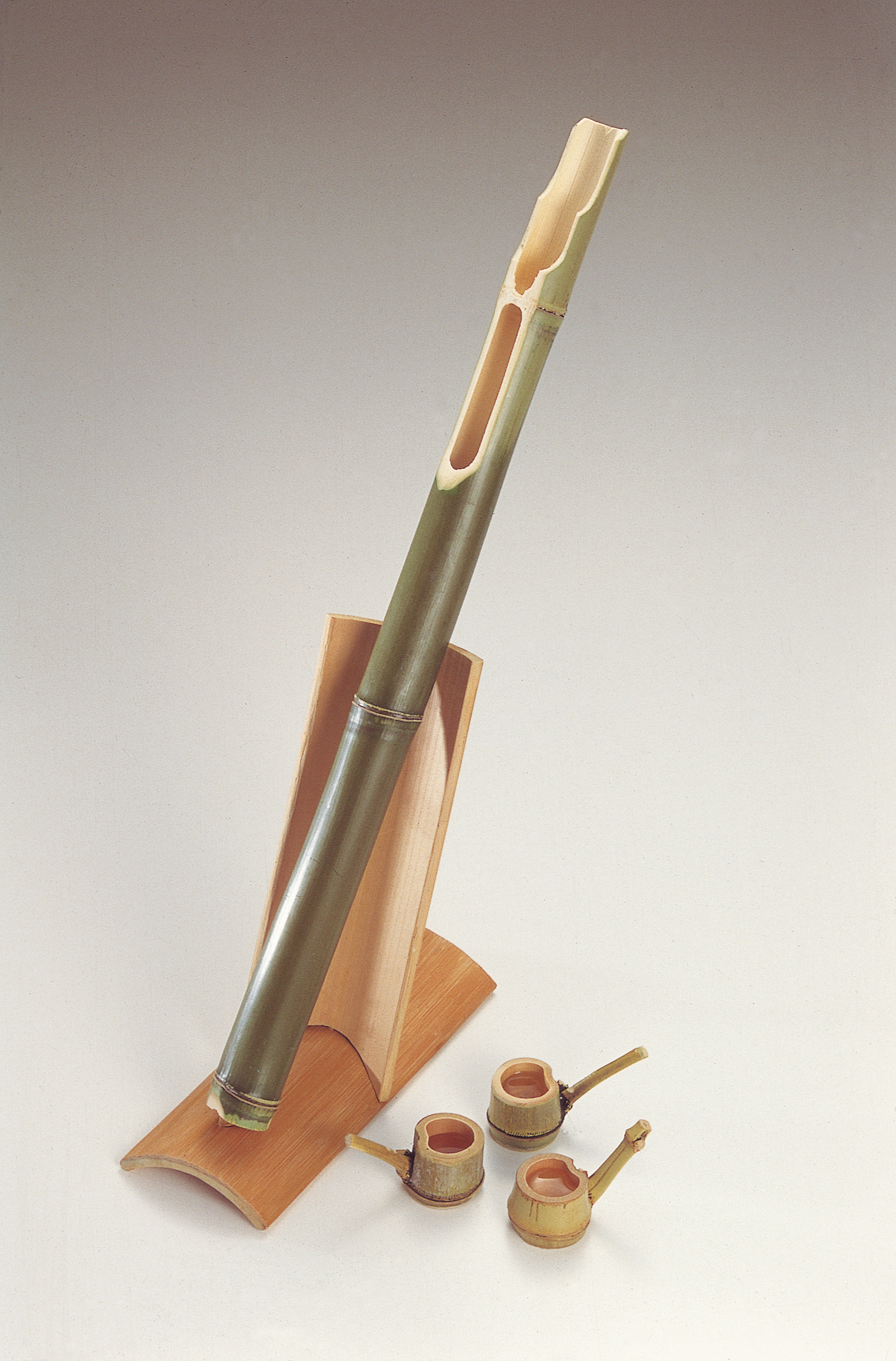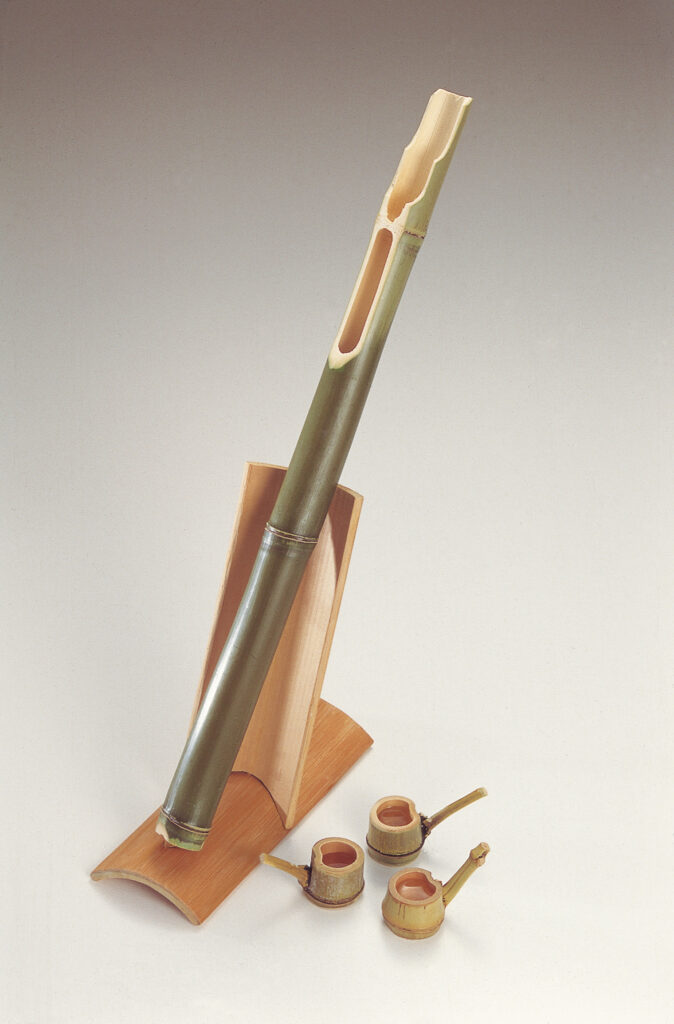Kagura Performances and Yokagura Etiquette, Takachiho Yokagura

Kagura Performances
Yokagrura consists of various combinations of thirty-three acts through a whole night. In these performances, kami deities from various legends make appearances. These deities have a wide array of temperaments, appearances, and skills, and sometimes they may interact with the audience up close should they feel inclined.
There are eighteen to twenty main villages that hold kagura in the Takachiho area. Performance length, style, rhythm, and order, as well as costume and decorations, can differ depending on the village. Takachiho is particularly known for its yokagura performance of the Amano Iwato(Heavenly Stone Cave) myth at dawn. This performance coordinates the sun kami deity Amaterasu Omikami’s emergence form her cave with the exact time the sun actually rises. It also includes a dance from the kami deity believed to have founded kagura, Ame no Uzume no Mikoto.
Yokagura Etiquette
Yokagura etiquette differs by area. In many regions, residents are encouraged to eat and drink, and the deities may partake of refreshments with them. While onlookers are strictly prohibited from entering the koniwa kagura stage, kami may venture out to interact with the crowd. In Takachiho, it is customary to offer special cuisine such as kagura udon noodles, simmered food called nishime, and sake warmed and served in bamboo called kappo zake. There are certainly many things to be respected when attending yokagura, but most important is respect for one’s neighbors and the community spirit.

